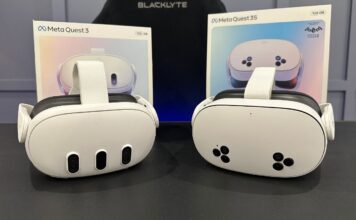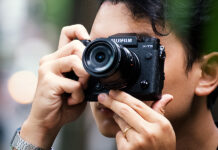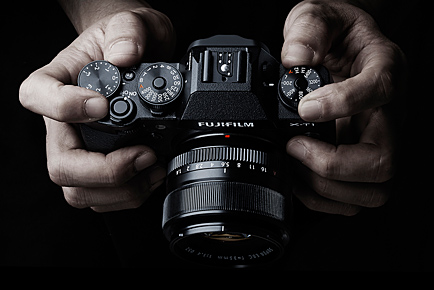 Never before in the history of the photography has it been easier to make a photograph. In fact most of us carry a smartphone camera with us everywhere we go. And while they used to be a bit of a joke in terms of quality, the technology has really progressed in leaps and bounds in the last few years, to the point where it’s become difficult to tell whether a shot was taken with a smartphone or a DSLR. I’m consistently impressed by the quality of the photographs that my wife posts on her Instagram account – lots of tonal range, great colours, and excellent sharpness. It’s little wonder that we’re seeing smartphone images regularly in the mainstream media, and even stock photography agencies will accept smartphone photos now.
Never before in the history of the photography has it been easier to make a photograph. In fact most of us carry a smartphone camera with us everywhere we go. And while they used to be a bit of a joke in terms of quality, the technology has really progressed in leaps and bounds in the last few years, to the point where it’s become difficult to tell whether a shot was taken with a smartphone or a DSLR. I’m consistently impressed by the quality of the photographs that my wife posts on her Instagram account – lots of tonal range, great colours, and excellent sharpness. It’s little wonder that we’re seeing smartphone images regularly in the mainstream media, and even stock photography agencies will accept smartphone photos now.
The rise of the smartphone has been a major setback for the photography industry, and camera sales have dropped sharply in the last few years as consumers have begun to rely solely on their smartphones to preserve their memories.
So do we even need to carry a dedicated camera anymore, or are they on the way to the technological scrapheap to join the VCR, the tape deck and the CD player? I wouldn’t be too sure about that, and today I’m going to look at three specific reasons why the camera is still relevant in 2016.
1. Depth Of Field
The way that light is channelled to the sensor through the lens is governed by certain immutable laws of physics, laws that restrict what camera manufacturers are able to do. One of my favourite photographic techniques is the use of something called ‘depth of field’. If you haven’t heard the term before you’ll quickly grasp the concept because it’s something we’re all aware of, at least subconsciously. Everyone knows when a photograph is out of focus; it’s blurry where it should be sharp, and sharp where it should be blurry. When you make a photograph, there’s a specific distance from the front of your camera where things are in focus. In fact, there’s a zone within which everything is in focus, and with a camera with manual controls it is possible to vary the width of the in-focus zone. Basically the higher the aperture number, the wider the depth of field.
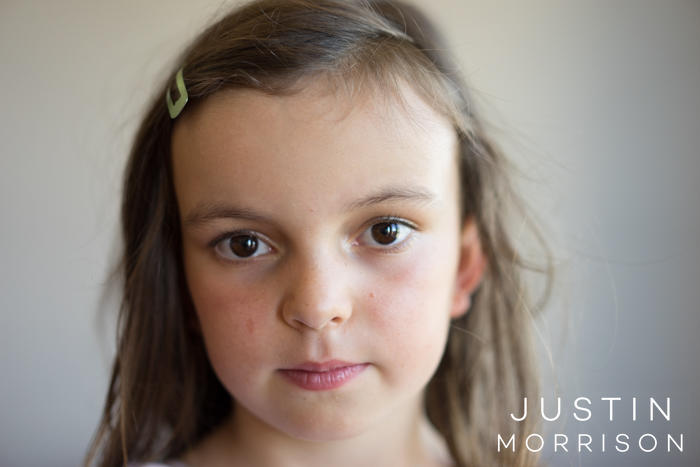 If you’re photographing a landscape, for example, and you’re using the ‘foreground, middleground background’ maxim, whereby you try to put something of visual interest in each of those three parts of the frame, you will want everything sharp and in focus. So you’ll push your aperture number as high as possible. If you’re shooting a portrait however, you might do the exact opposite; set your aperture number to the absolute minimum in order to create the shallowest possible depth of field. This allows you to blur out the background and make your subject really pop. The narrower the depth of field the more blurred out and dreamy looking the background becomes. I call this the ‘art factor’ and it’s an incredibly powerful technique. Smartphone cameras can’t create this effect due to the constraints imposed by their physical size, and for many photographers this is real deal breaker.
If you’re photographing a landscape, for example, and you’re using the ‘foreground, middleground background’ maxim, whereby you try to put something of visual interest in each of those three parts of the frame, you will want everything sharp and in focus. So you’ll push your aperture number as high as possible. If you’re shooting a portrait however, you might do the exact opposite; set your aperture number to the absolute minimum in order to create the shallowest possible depth of field. This allows you to blur out the background and make your subject really pop. The narrower the depth of field the more blurred out and dreamy looking the background becomes. I call this the ‘art factor’ and it’s an incredibly powerful technique. Smartphone cameras can’t create this effect due to the constraints imposed by their physical size, and for many photographers this is real deal breaker.
2. Optical Zoom
One of the features that many of us rely on when we use our standalone cameras is the zoom. It allows us to improve the cropping of our images, exclude unwanted elements from the frame, and hone in on the subject of the image. Smartphones give the impression of being able to do the same thing, but there is a very important difference: cameras use optical zoom, while smartphones use digital zoom. Optical zoom involves the physical movement of glass elements within the lens, whereas digital zoom is just a live crop of the overall image. When you use an optical zoom, there is no loss of resolution – you still use every pixel on the sensor. Digital zooming basically uses a subset of the available pixels and ignores the rest, which results in a loss of resolution and often a pretty low-grade result with poor detail and sharpness.
My advice would actually be to never use the zoom feature on your smartphone; just take the shot and crop it later if you want to. Or better yet, get closer to your subject. Don’t be fooled into thinking your smartphone camera can zoom – it cannot.
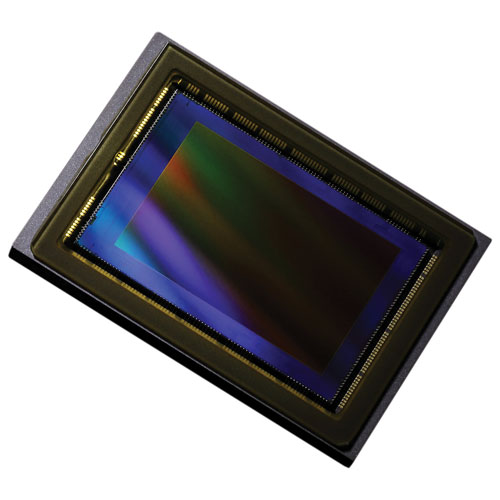
3. Low-light Performance
One of the most important areas of performance by which photographers judge any camera is how well it operates in low-light conditions. If you like to take photos indoors, be it at home or at a restaurant, then you’re going to rely heavily on your camera’s high ISO capability. The ISO is a measure of a camera sensor’s sensitivity to light, and in the days of film photography each roll of film had a fixed ISO which you were stuck with till the roll ran out. Nowadays ISO can be adjusted on the fly, but there’s a tradeoff that occurs when the ISO goes up, because image quality goes down. This is due to the effects of digital noise, a kind of pixelated graininess. The higher the ISO the more noticeable the drop off in image quality. Although different cameras may have the same ISO ratings, that doesn’t mean they produce equivalent results. In fact the results vary widely. One of the key factors in ISO performance is sensor size; the bigger the sensor the better the low-light capabilities. Although smartphone cameras carry sensors with high megapixel counts, those pixels are crammed into a tiny space and this physical limitation directly impinges on the ISO performance. If you want a camera that works well in low-light situations, you’re going to need something with a decent sized sensor, preferably APS-C or bigger.
There’s no doubt that smartphones can give standalone cameras a run for their money nowadays, but we are still some way short of true parity, which will only happen with the advent of a completely new technology. There are still plenty of situations where only a standalone camera will suffice, of which I’ve named just a few above. If you want to share your thoughts on the subject in the comments section I’d love to hear them!
Visit your local Best Buy to try some of the best cameras available and see the difference for yourself.















